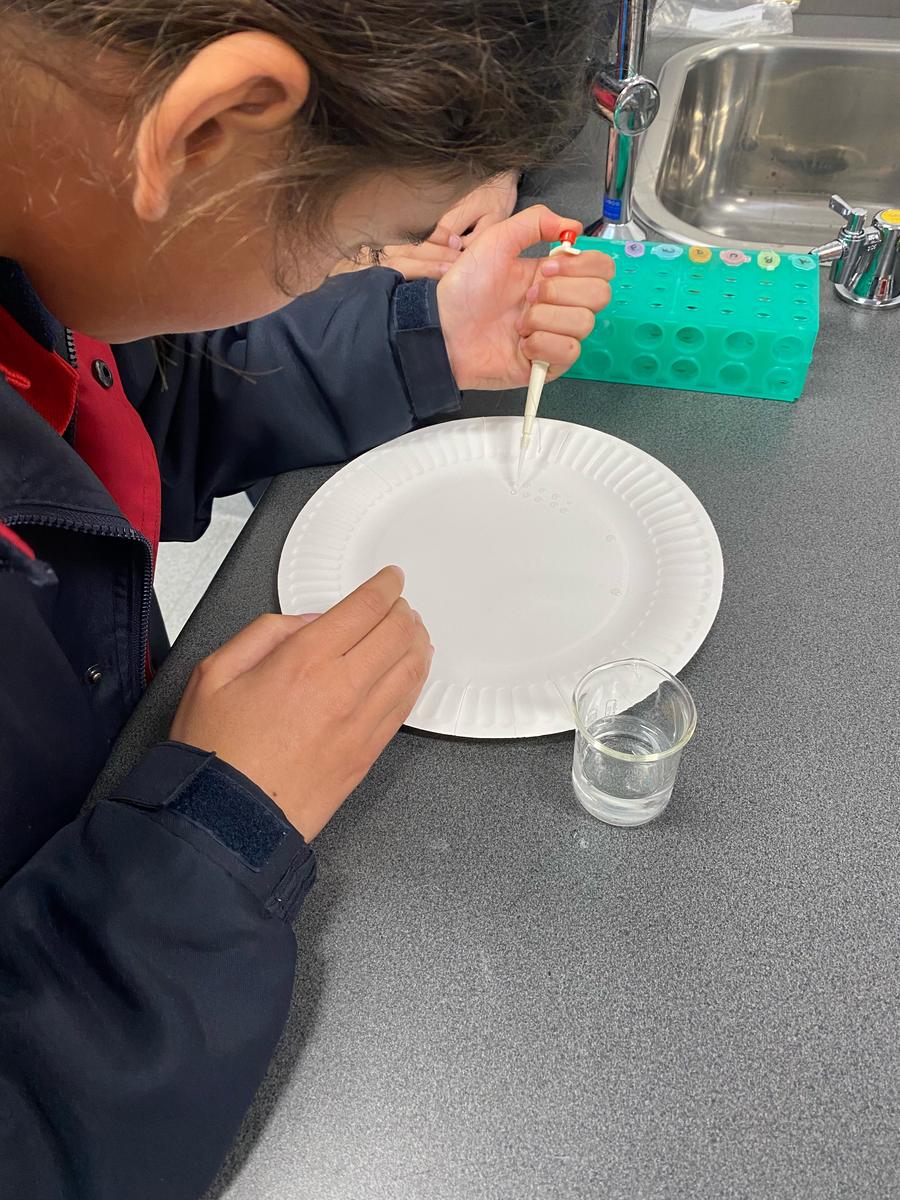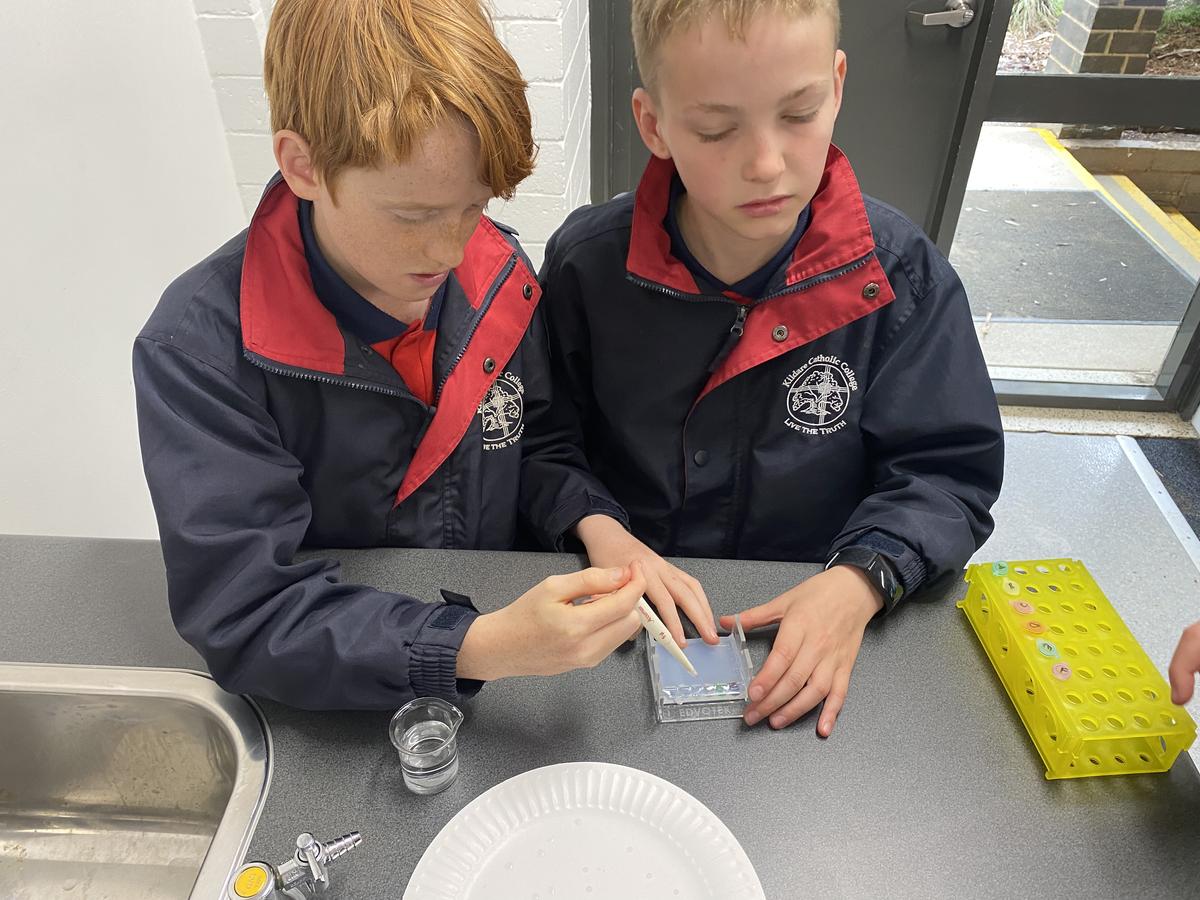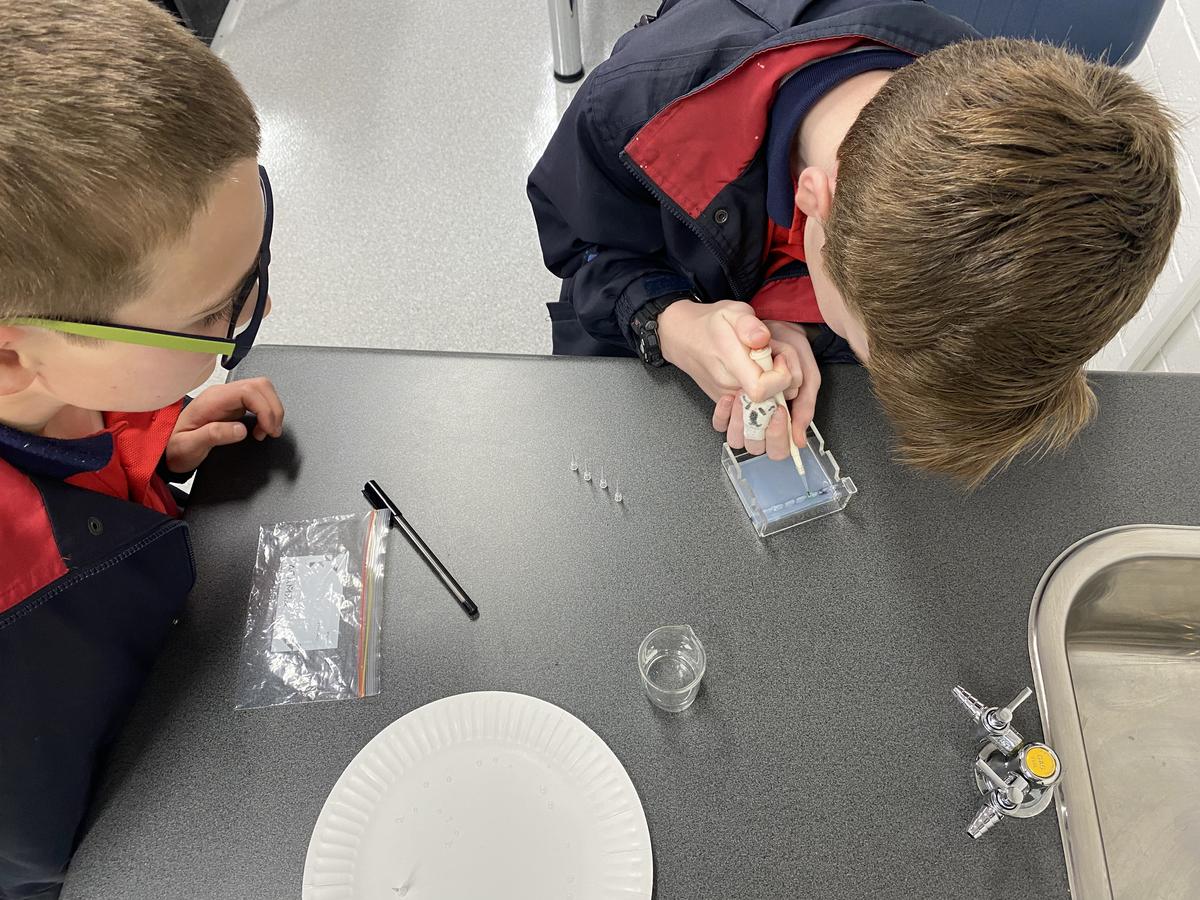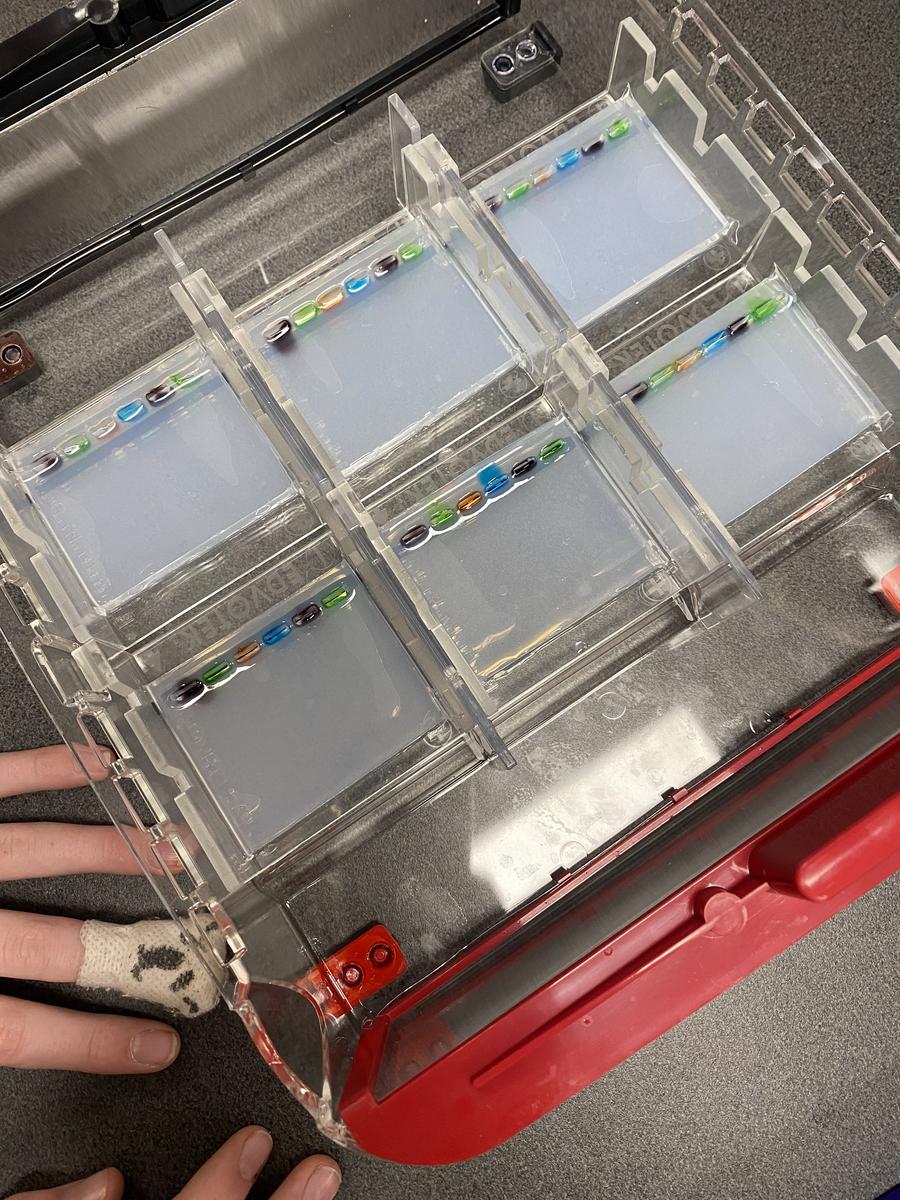Year 7 Forensic Science
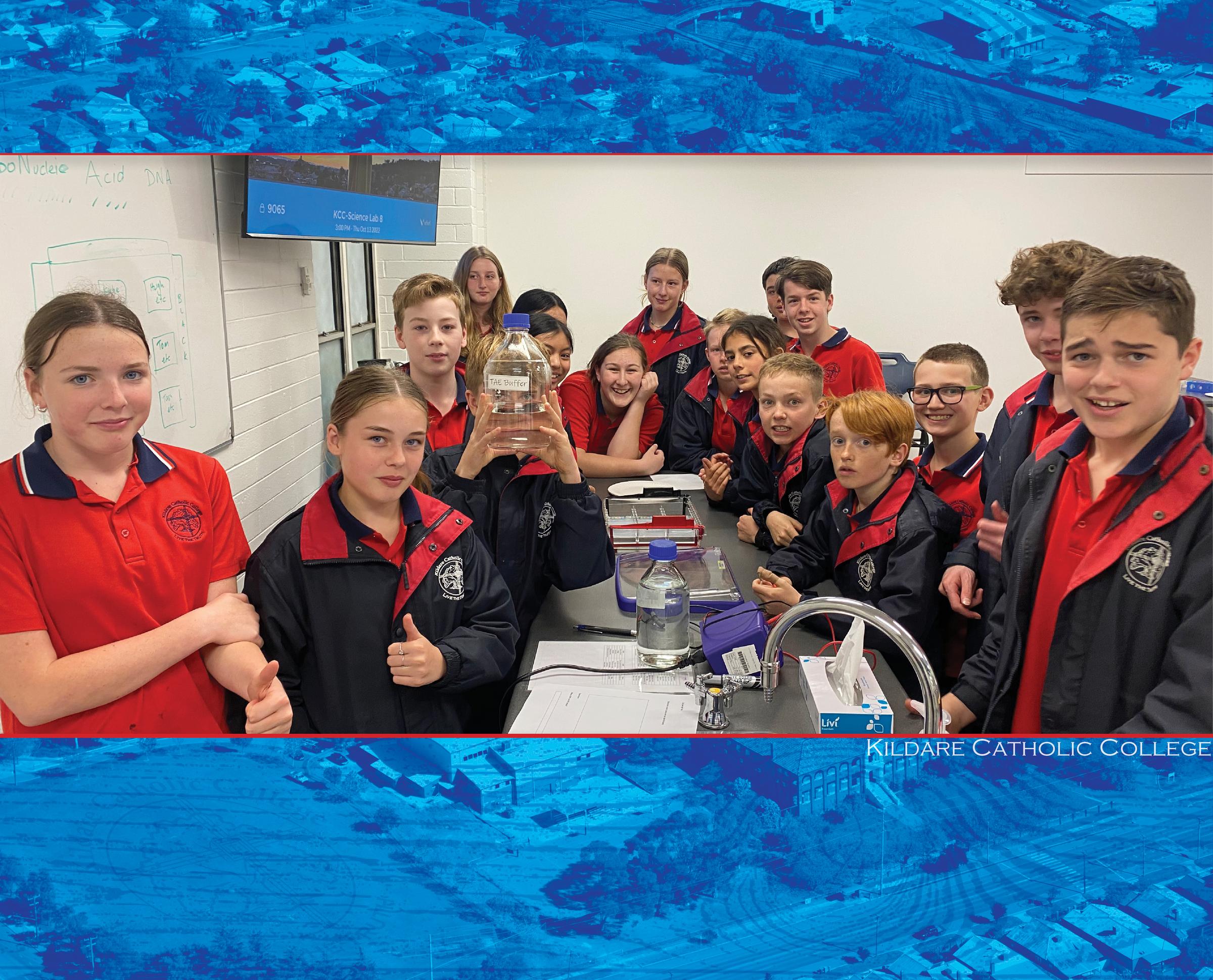
On Thursday, 13th October, our Year 7 Forensic Science students looked at DNA fingerprinting and Gel Electrophoresis. DNA fingerprinting allows for the identification of the source of a DNA sample, which is very important in many forensic cases. DNA fingerprinting can provide positive identification with great accuracy by matching DNA obtained from a crime scene to individual suspects. DNA can be sampled from even the tiniest samples of flesh, blood, hair or saliva left at a crime scene. Your genetic code is determined by the sequence of nitrogen-rich bases along the DNA Strand. The bases are Adenine (A), Thymine (T), Guanine (G) and Cytosine ( C). These bases are complementary and form base pairs (A and T, G and C). The order can be determined from a sequence of bars called an autoradiogram. An autoradiogram is produced by chopping up DNA and then separating its fragments. This process is called gel electrophoresis. The Year 7 students were able to test the DNA retrieved from a 'crime scene' and analyse the autoradiogram.
Dannyelle Gaiter | KLA Science Coordinator
&
Jacinta Murphy | Teacher


